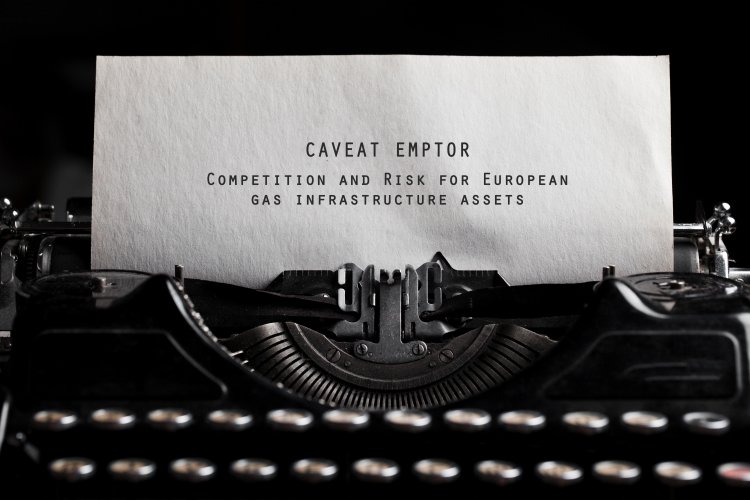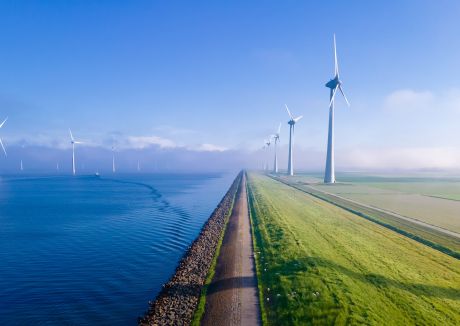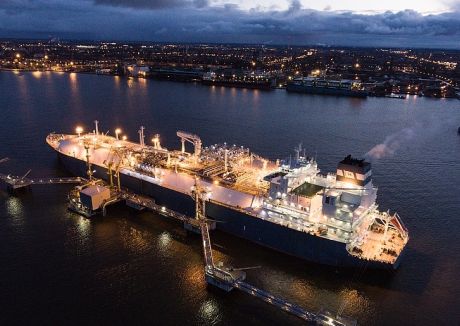20 years ago, European gas infrastructure (offshore and onshore transmission, distribution, storage and regasification terminals) was generally part of bundled monopoly businesses. The long process of liberalisation of Europe’s energy markets has resulted in the break-up of those monopolies and the unbundling of infrastructure from supply businesses. The intention of this process was to enable competition but a secondary consequence has been to create separate regulated or contracted infrastructure businesses that have become attractive investment opportunities for financial investors.
Over the last ten years we have seen some of Europe’s most established infrastructure companies, including for example the old Ruhrgas pipeline network, now Open Grid Europe, being purchased by consortia of financial investors. These investors (infrastructure funds, sovereign wealth funds and pension funds) need to generate stable low risk returns for their investors and Europe’s gas infrastructure represents a much more attractive option than alternative low risk options (such as government bonds).
In the last 12 months we have seen multiple transactions including the sale of a 50% stake in National Grid’s distribution business sold to a consortium including Macquarie, Allianz Capital Partners, Hermes, CIC, Qatar Investment Authority, Dalmore Capital and Amber Infrastructure Limited, stakes in UK and Dutch offshore pipelines being sold to infrastructure funds and the sell down by Goldman Sachs of minority stakes in Redexis, one of Spain’s largest gas distributors, to pension fund investors.
Despite the transactions that have occurred our observation of the market is that, for some years now, there has been a larger amount of capital available for investment in European energy infrastructure than there has been opportunity to invest. This imbalance of supply and demand has created fierce competition for investments –and particularly in recent years funds with higher risk-return profiles have begun to find themselves squeezed out of transactions by the competition from funds with lower costs of capital and hence lower return expectations.
In this environment some of the infrastructure funds with higher return expectations have had to get creative in how they classify “infrastructure” to enable them to deploy capital. Terms such as Core _+ and Core ++ are used to describe investments that would not have been traditionally classified as infrastructure but which have some of its attributes (stable returns / long term contracts / some element of monopoly) but which might be deemed too risky for the more conservative investor. In gas this has led investors to take positions in the North Sea offshore where the existence of long term contracts for capacity gives some security of revenue but with enough upstream risk to deter the more conservative investors.
In 2018 we would expect to see more of the same with fierce competition for any pure regulated assets that may come to market (for example the 16.5% share in Ontras (Germany transmission network) that is to be sold by VNG and even for riskier investments expected in the UK offshore and in European regasification.
With competition squeezing margins and more risk being taken by investors the need for strong commercial and market due diligence is greater than ever particularly in an environment where the growth of renewable energy is threatening the long-term role of gas in the energy mix.
There remains great value for investors in European gas infrastructure but not all assets are equal and the maxim Caveat Emptor has never been more appropriate than it is today.
If you would like more information about how Gas Strategies can help your business with Consulting services across the value chain or provide industry insight with regular news, features and analysis through Information Services or help with people development through Training Services, please contact us directly.









